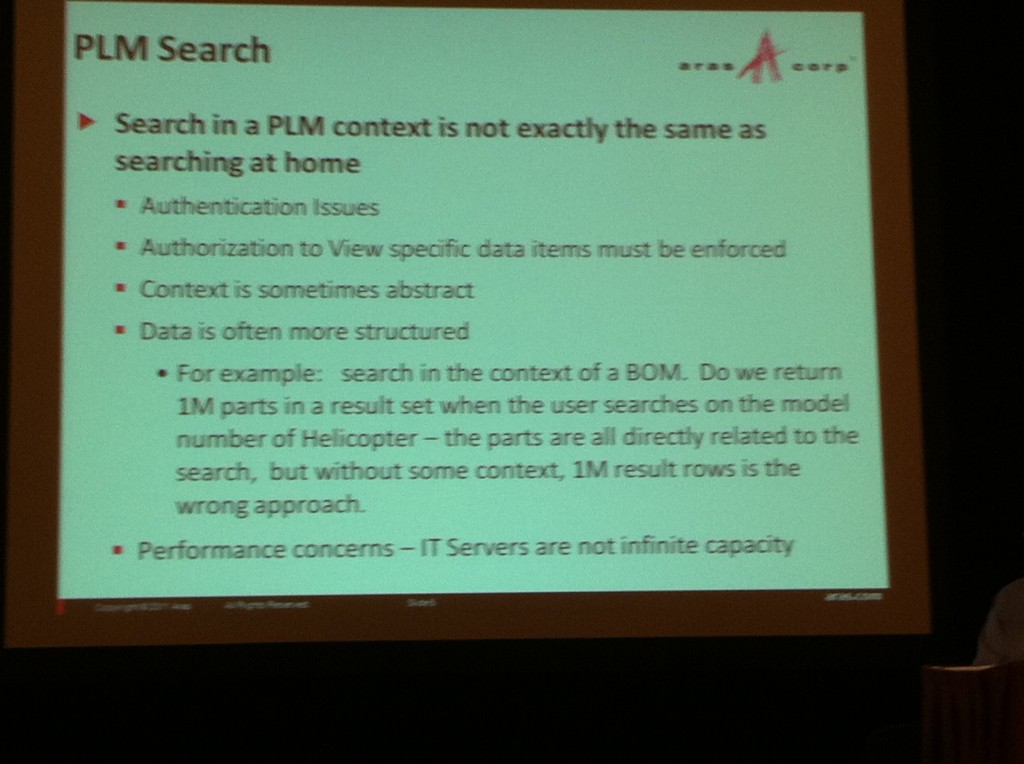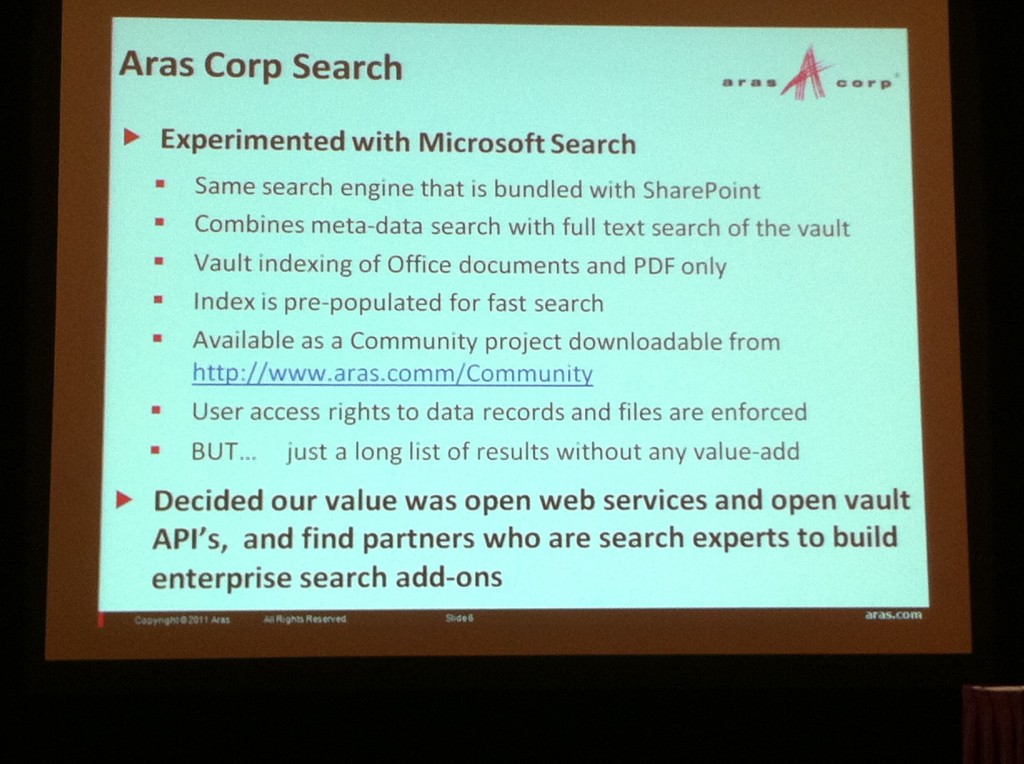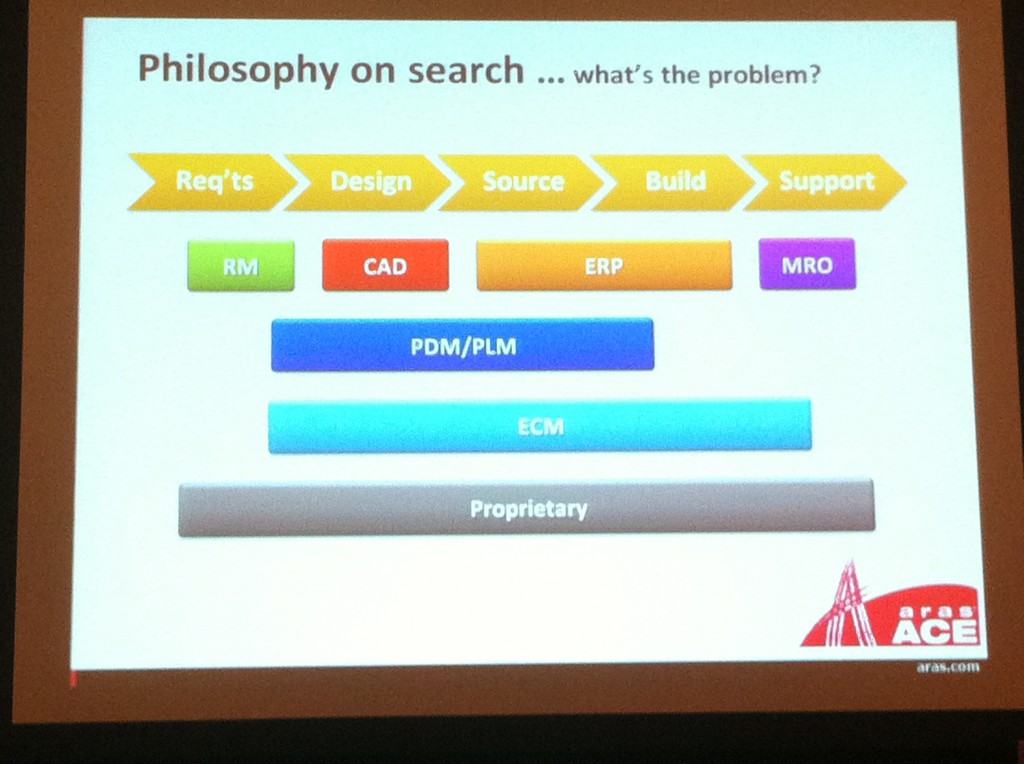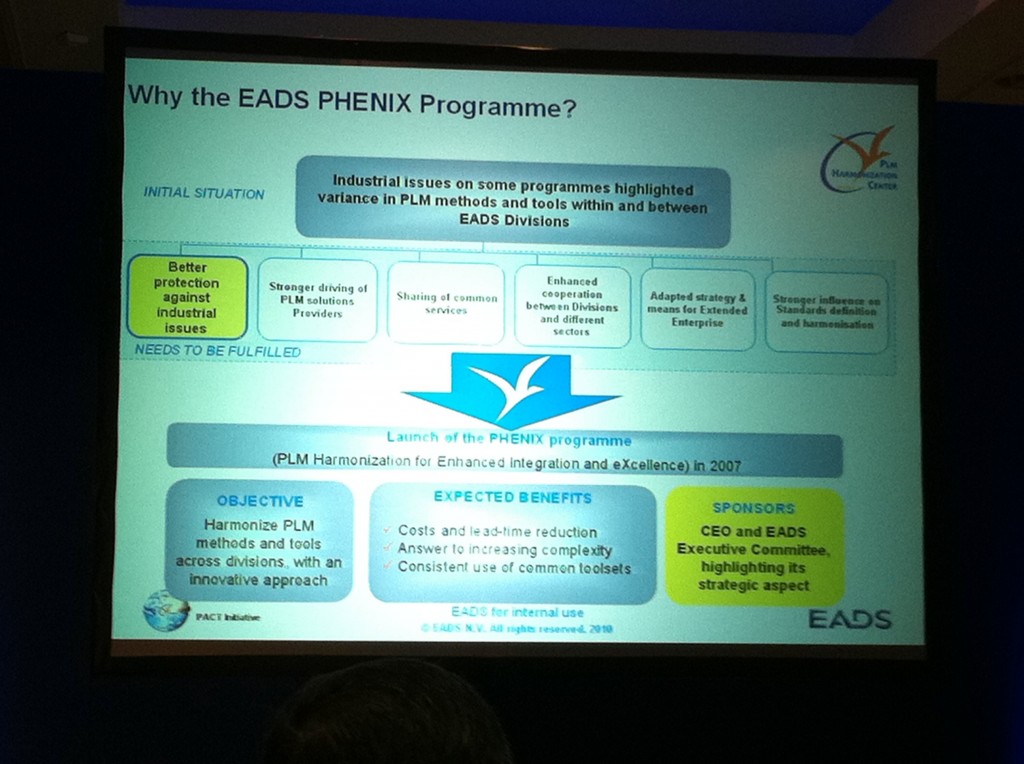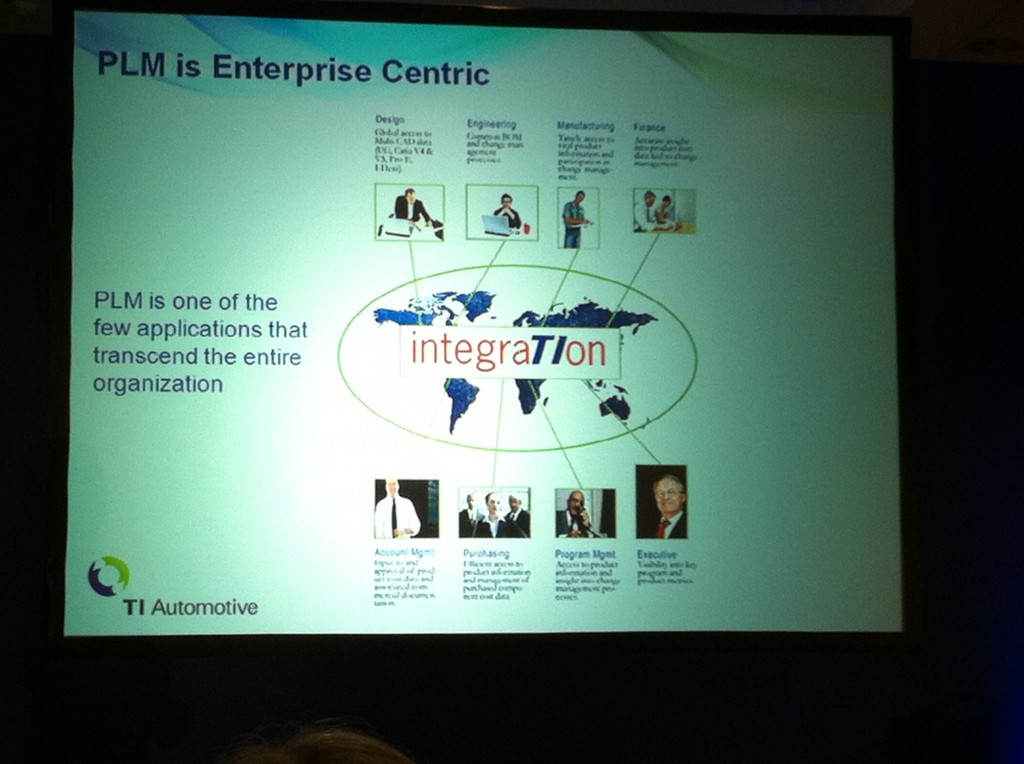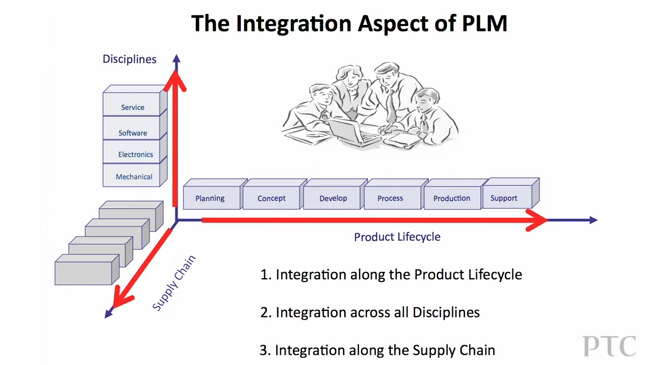Map out PLM integration
When it comes to profitability, today’s economic malaise is no different than the heady days of a few years ago: A manufacturer needs to produce positive results while cutting down on costs. Suffering through down times does not mean a manufacturer has to slow or stop product innovations. Instead, to win out, a manufacturer has to harness out of control costs that go into the product life cycle. There is no room for error.
That is where a PLM integration plan comes in. It is the key to growth for any company, but it is much more than that. When speed to market is of the essence, a properly integrated PLM solution allows manufacturers to quickly design and validate products and processes in a virtual environment, rather than a physical one. Working in a virtual environment will truly cut down on time and will create a setting where innovation can occur almost overnight.
Traditionally, enterprise resource planning (ERP), supply chain management (SCM), and customer relationship management (CRM) help squeeze surplus costs out of the operational side of business. But by themselves, they have not been able to increase a company’s revenues or control expenses associated with managing a product’s life cycle.
PLM can reshape a manufacturer by:
- Maximizing revenue by beating the competition to market with products that justify premium pricing.
- Delivering first-to-market advantages that will hike sales.
- Cutting down on costs by reducing operational expense by curtailing unnecessary rework, implementing lean initiatives, rapidly adjusting to changing compliance regulations ,and reducing material, structural, and warranty costs.
- Extending the profitability of product lines by economically delivering alternatives and spinoffs.
Companies need their people, processes, and intellectual capital to work together and not against each other in an effort to accelerate new product development while at the same time reducing operational costs. PLM will digitally transform the life cycle used to conceive, design, manufacture, service, and improve product offerings.
What a PLM integration plan allows a manufacturer to do is to capture all knowledge, from tacit to explicit, and leverage it in a life cycle process that improves the efficiency of the product from start to finish. With a true integration plan of attack, a PLM plan becomes a product innovation strategy. To accomplish that, an integrator and a manufacturer working together as a team can think across all systems and integrate everything to truly experience a complete and successful product life cycle.
Understand, plan, execute
Speed to market is more imperative today than ever. Products continue to grow in complexity, governmental regulations become even more of a factor, plus being able to comprehend, integrate, and collaborate with partners and suppliers, all remain key ingredients to the recipe of success.
In addition, a manufacturer needs to satisfy customers and meet target launch dates. The old way or traditional approach to conducting business just does not cut it anymore. Manufacturers need to always stay one step ahead of the competition.
In order to achieve the maximum return on their PLM investment, a manufacturer cannot have departments working in a vacuum; it needs to provide centralized access to product design and information. The manufacturer also has to offer controlled access to this data, while supporting cross departmental collaboration and communication, which will cut down on costs due to errors and rework.
A PLM integration plan will also go toward improving quality and accelerate time to market. One of the other key benefits will improve change management processes.
Auto supplier drives forward
One global automotive supplier knows all about the need for a product innovation strategy. The supplier knew it had a problem, but needed help finding the right solution. Through the investigative stage of the project, the integrator found because of a series of acquisitions and mergers over a short period of time, the supplier was working off multiple business processes. With the auto industry facing the most difficult challenges in this economy, they needed to cut way down on process costs, while at the same time introducing new initiatives. If the integrator came in and just installed a PLM solution, the supplier never would have been able to achieve success, but it would not have been as great as it was if they did not work out a true product innovation strategy. In doing so, the supplier was able to reduce time to market for new products, hike product quality, and increase process quality.
By reducing time to market for new products, the integrator and supplier team was able to:
- Improve engineering release and change management
- Automate bill of material maintenance
- Integrate visualization
- Increase consistency in data exchanged with partners
- Easily identify non-compliant components
- Synchronize part changes with tool changes
- Realize design anywhere, build anywhere
- Gain better support of supplier integration
- Keep the knowledge base within, resulting in reduced training costs
Standardize for success
For a manufacturer to succeed in any PLM integration, however, the key ingredient is to standardize their procedures. All systems have to work in harmony and everyone has to be on the same page. There can be no ambiguity. But this standardization does not need to include heavy technology costs. Rather, through the integrator’s efforts, manufacturers will be able to garner a better return on their existing investments.
Poor management of product information due to a lack of organization or failing to provide a standardized process for documenting, archiving, tracking, and managing changes can end up being a nightmare for any manufacturer. On top of that, people needlessly spend way too much time looking for information that should be at their fingertips. That is where the strength of standardization comes into play. Since so many people handle data in different ways, and with information constantly changing, it can make it difficult to figure out which plan everyone should be working off of. Without standards, it is very hard to have any idea of the changes made as well as figure out the changes’ impact.
With pressure on hiking productivity and profitability continuing at its breakneck speed, manufacturers can ill afford to have any flaws in development processes threaten their ability to deliver goods. They need to operate full speed ahead on all eight cylinders.
Integrator partner
For a manufacturer to eliminate these roadblocks and succeed in moving toward a successful and profitable product innovation strategy, they will need an integrator with true manufacturing industry experience that runs the gamut from solution design and integration to disciplined program management and support offerings. An integrator can install systems and support them, but what it can also do is allay fears of pending change. Retooling a series of processes, while technologically challenging, can also be a very difficult change in culture and mindset. That is where an integrator with a strong industry background can come into play.
In today’s business environment, manufacturers need to focus on what they do best and that is innovating and producing their product. Through a product innovation strategy with the manufacturer, the integrator will focus on three main steps to develop a plan: Consultation, design and build, and operation.
In the consultation phase, the integrator develops a strategy and identifies potential in the PLM process. In the design and build area, the integrator will design and implement an enterprise-wide information backbone to ensure product data is consistent, implement a solution that allows for collaboration with partners, suppliers, and customers, and allow integration with other IT applications like Manufacturing Execution Systems (MES), ERP, SCM, or CRM.
In the operations phase, the integrator can offer a secure cost-efficient operation, support and maintenance of the PLM IT environment, while keeping this mission critical system at uptimes of greater than 98%.
After working through and executing the plan, the integrator should help the manufacturer:
- Increase competitiveness through quicker product launch and marketing with time-to-design costs reduced by up to 70%.
- Reduce costs through shared information and consistent processes by 25% to 40%.
- Realize cost and value potential in procurement, production, sales, and service by incorporating all persons involved in the product life cycle, thereby reducing time-to-manufacturing costs by up to 50%.
- Reduce non-conformance and failure costs through appropriate configuration database, improve data quality despite growing complexity and expanding variety of products.
As a part of working with an integrator, the team would develop a closed-loop process that can prioritize PLM investments on the basis of expected business value.
This plan will help ensure a rapid return on the PLM investment, a delivered solution aligned with strategic business goals and performance metrics, and a continuous improvement of objectives.
By employing industry best practices, the integrator will be able to:
- Develop a standard business process framework.
- Design a business transformation roadmap that reconciles processes with organizational maturity and cultural change requirements.
- Document and execute a supporting IT roadmap for optimal use of tools, systems, and infrastructure along with a supporting investment plan.
- Deploy a disciplined methodology covering solution design, architecture validation, deployment processes, and operational procedures
- Mandate a disciplined governance based on objective metrics believed by executive leadership.
By partnering with a strong industry-focused integrator, manufacturers will be able to benefit from advanced business architecture frameworks that can bring together, standardize, and reuse processes and enterprise computing assets. By having everyone working off the same page, manufacturers will be able to build a stronger consensus between business and IT organizations and standardize and simplify resource management and product planning metrics and processes.
Curtesy : Ed Shinouskis



